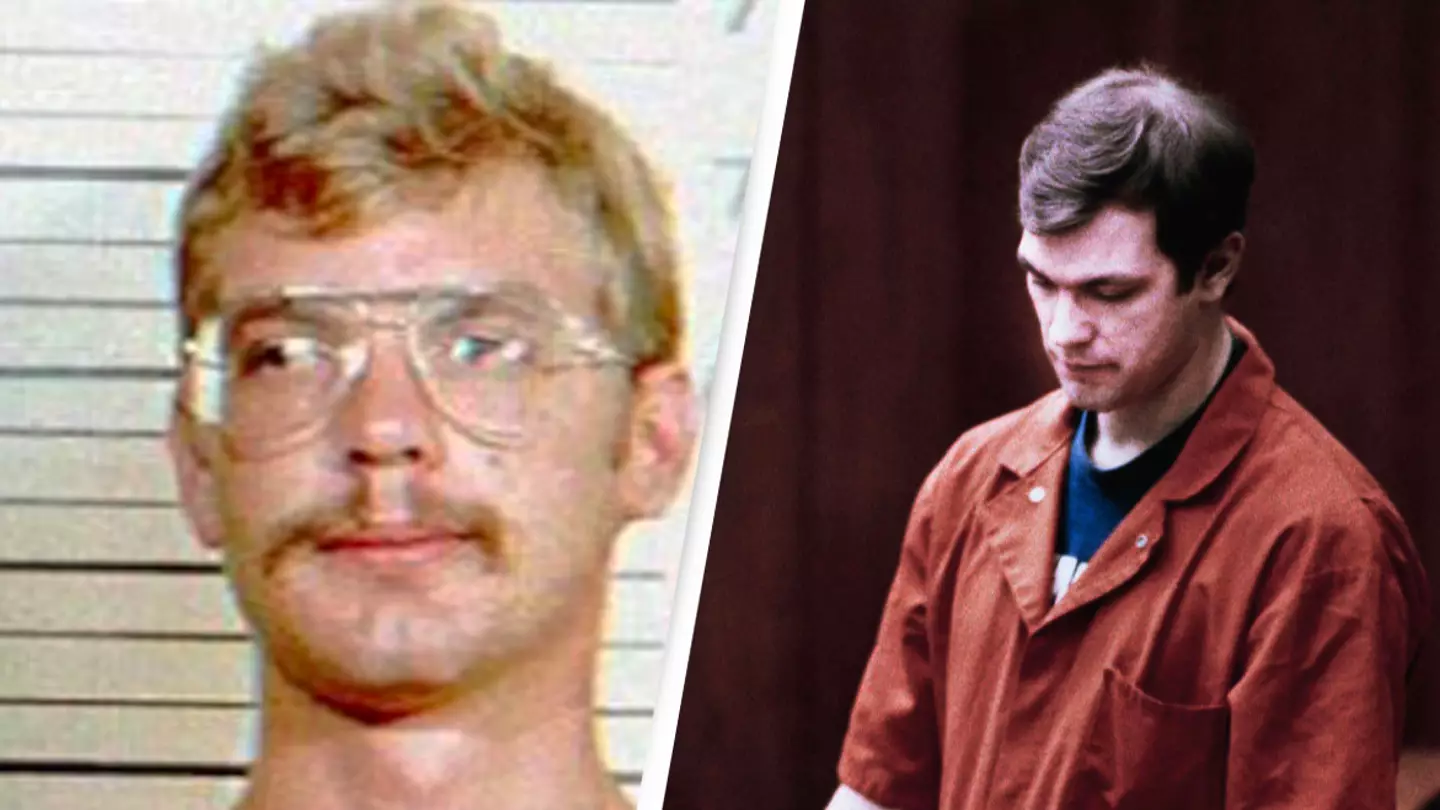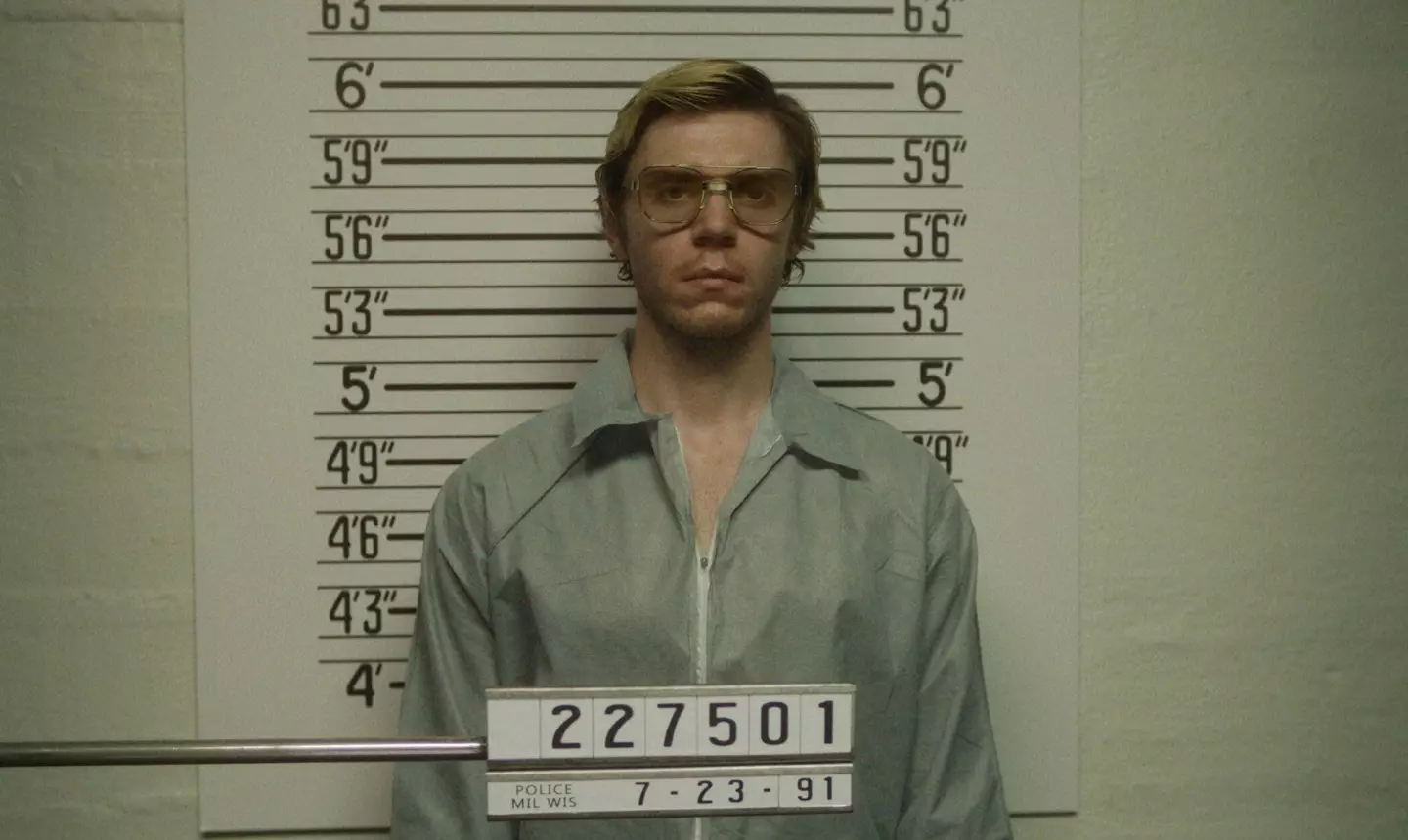
Netflix's latest true crime series landed on the streaming service last month with a bang.
Created by Ryan Murphy and Ian Brennan, Monster: The Jeffrey Dahmer Story is already being billed as one of Netflix’s most successful series of all time – and has once again renewed interest in the life and crimes of the serial killer who terrorised Milwaukee for over a decade in the late 20th century.
Most of Dahmer’s known victims (in fact, all but three) were people of colour; with a lot of them being gay. Yet, as many have since pointed out, this fact went largely unreported at the time.
Today, many argue that the race and sexuality of Dahmer’s victims were the reason he managed to go undetected by the police for so long.
Advert
As Dr Lydia Plath, associate professor of US History at the University of Warwick, tells UNILAD: “There were some really high-profile cases in the ‘80s and ‘90s, of police targeting Black offenders and not pursuing criminals who are targeting Black communities.”
One example is Joseph Christopher, a former army private who killed 12 young men in New York – 11 of whom were Black – and wasn’t apprehended until he confessed to his crimes some five months later while in hospital.
Dahmer, also known as the ‘Milwaukee Monster’, is thought to have murdered his first victim, Steven Hicks, in Ohio 1978, just a few weeks after he’d graduated from high school.
Over the next 13 years, Dahmer killed several other young men and after he was finally apprehended in July 1991 admitted to killing 17 men and boys.
Advert
_Newspapers.jpg.jpg)
Dahmer would often bludgeon or drug his victims before killing them, after which he would commit necrophilia and dissect his victims’ bodies. He sometimes kept and preserved some of his victims’ body parts and, at times, ate them.
When he was finally apprehended, police discovered the body parts of 11 men in his apartment. Dahmer was beaten to death in prison in 1994.
Late-1980s Milwaukee has been described as one of five ‘hypersegregated cities’ in the US, where the majority of Black residents lived on one side and the majority of white residents on the other.
Advert
Many at the time felt that Milwaukee’s Black neighbourhoods were inadequately protected from crime by authorities.
To make matters worse, the media largely ignored the fact that 'all but three of the 17 men he murdered were of colour', notes Dr Ian Bernard, director of the University of Chapman’s LGBTQ+ Studies programme.
For some, Netflix’s Monster feels more like a vessel for entertainment than information with producers accused of failing to reach out to victims’ families and mining entertainment out of Black trauma.

Advert
As Rita Isbell, sister of the deceased Eroll Lindsey, told Insider: “Netflix should've asked if we mind or how we felt about making it. They didn't ask me anything. They just did it.”
Netflix’s latest offering depicts Dahmer’s crimes through the eyes of his victims, differing from earlier productions that focused on his own perspective such as 1993’s Jeffrey Dahmer: The Secret Life and 2002’s Dahmer.
In this way, critics hope it will allow for a broader public conversation to be had about the discrimination LGBTQ+ men of colour continue to experience at the hands of the police.
But can creators and production studios ever truly retell stories of trauma ethically? They might take a leaf out of director Chinonye Chukwu’s book and be guided by love as she did with Till, the upcoming biographical drama about the activism of Mamie Till following the murder of her son Emmet.
Advert
Speaking at the New York Film Festival, Chukwu said she did not want to 'show any violence inflicted on black bodies' in Till.
“As a Black person, I didn’t want to recreate [his death], I didn’t want to shoot it, I didn’t want to watch it, and I wanted to take care of audiences who were watching it, particularly Black audiences,” she explained.

Instead, Chukwu made sure to 'begin and end this film with joy and love'.
Advert
As Dr Lydia Plath tells UNILAD: “There’s been a long history of using Black trauma. Abolitionists, for example during slavery in the 1830s, were doing this – using images of trauma to convince other white people of the terribleness of the history.
“Filmmakers do a lot of that as well, to really show the truth of the violence inflicted on Black communities. But then you also have this other side, which feeds into the history of lynching and other public acts of violence, that is a history of entertainment; white audiences finding violence towards Black bodies as entertaining.
“And so what we're seeing now in contemporary Hollywood is a meld of those two things happening.”
If you have a story you want to tell, send it to UNILAD via [email protected]
Topics: Film and TV, Entertainment, Netflix, True crime
